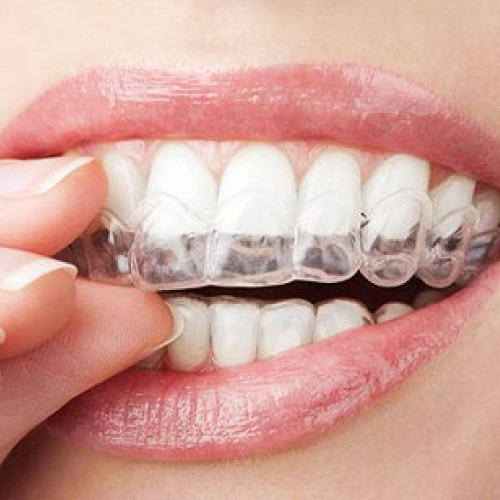A perfect smile can be a confidence boost and can also help improve one’s oral health. Braces are a standard solution for correcting misaligned teeth, but only some are comfortable with visible metal brackets and wires. That’s where invisible braces come into play. They offer the same benefits as traditional braces but with a much more subtle and discreet look. This article will explore the benefits of invisible braces, the different types available, and what to expect during the treatment process.
Types of invisible braces:
There are two main types of invisible braces: clear aligners and lingual braces. Clear aligners are custom-made, removable trays made of transparent plastic material. They are virtually invisible and can be removed for eating and brushing. Lingual braces are similar to traditional metal braces but are placed on the back of the teeth instead of the front, making them virtually invisible.
Benefits of invisible braces:
The most apparent benefit of invisible braces is their discreet appearance. Unlike traditional braces, they won’t affect your smile or appearance. This makes them ideal for those who want to straighten their teeth without anyone knowing. Additionally, invisible braces are more comfortable than traditional ones and less likely to cause irritation or discomfort.
Another benefit is that clear aligners can be removed for eating and brushing, which makes maintaining oral hygiene much more accessible. Lingual braces also allow for easier cleaning and care, as the brackets and wires are located on the back of the teeth and are less likely to trap food or plaque.
Treatment process:
The treatment process for invisible braces is similar to that of traditional braces. After an initial consultation with an orthodontist, they will assess your teeth and determine if you are a good candidate for invisible braces. If you are, they will create a customized treatment plan for you and take impressions of your teeth to make the braces.
For clear aligners, you will need to wear them for 22 hours a day and change them every two weeks as your teeth gradually shift into place. You will also need to attend regular check-ups with your orthodontist to monitor your progress.
Lingual braces are bonded to the back of your teeth and are adjusted every 4-8 weeks, similarly to traditional braces. You may experience some discomfort during treatment, but it should subside within a few days.





More Stories
What to Look for in a Dental Clinic?